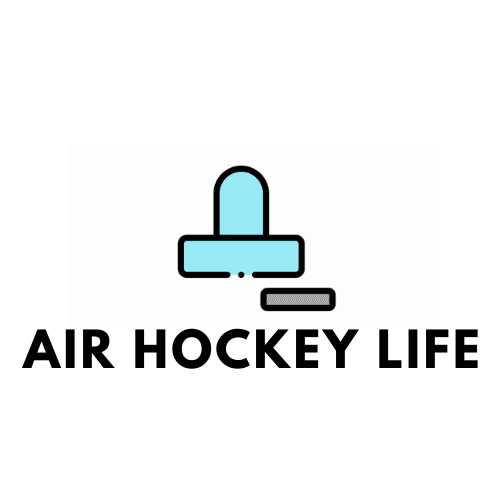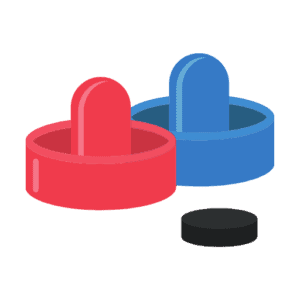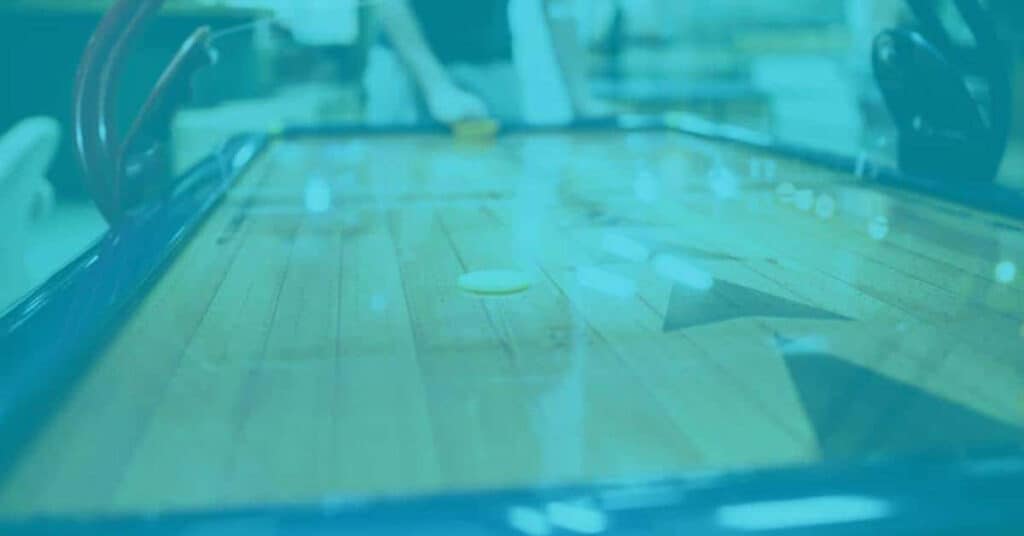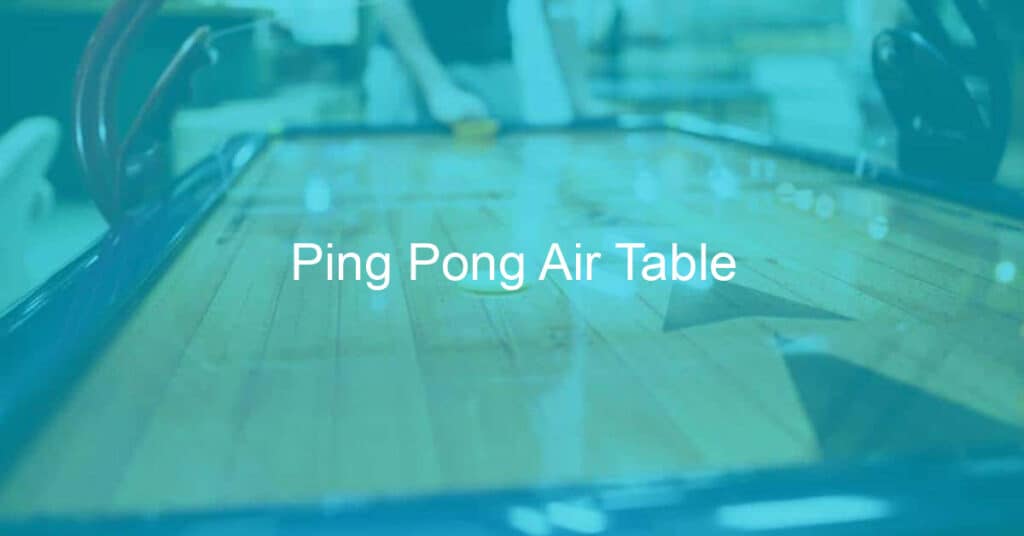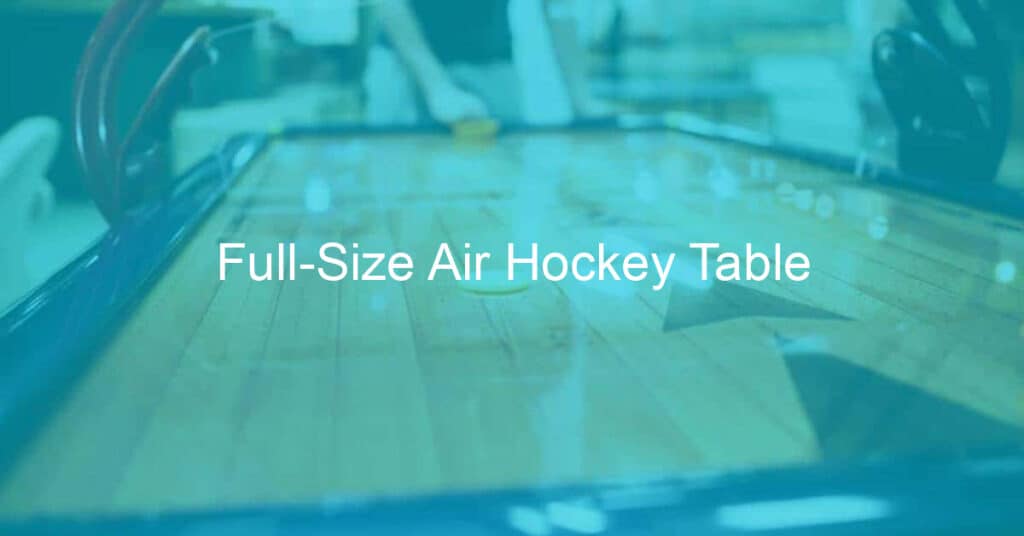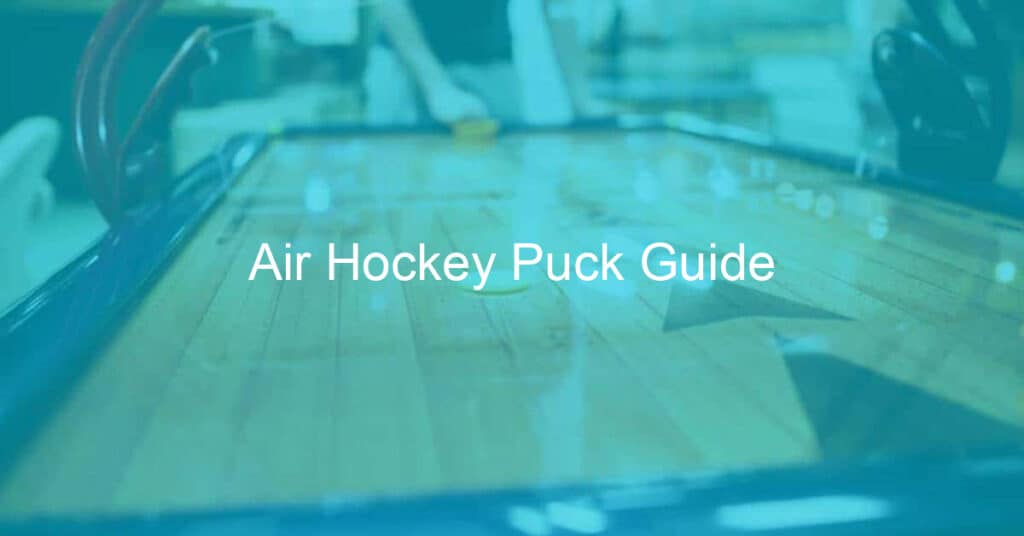Are you a fan of air hockey? Do you want to experience the thrill of playing on a professional-level table, but don’t know how to find your ideal gravity setting?
Fear not – we’ve got you covered! In this blog post, we’ll explain everything there is to know about finding and adjusting the right amount of gravity for an air hockey table. We’ll walk through all the factors that affect your game’s performance, how to make sure it gets just right before each match, and then offer some extra tips for having an even more successful gaming session!
So if you’re ready to learn everything from advanced topics like torque settings and airflow optimization or are just starting out looking for ideas on where to begin – dive in with us now!
How to measure gravity on an air hockey table?
Gravity can be found by measuring the acceleration of a puck on an air hockey table. To measure, place a ruler along the edge of the table and start the timer when you release it.
Stop the timer when it reaches a certain point on its path down to the other side of the ruler. The time it takes for gravity to accelerate from one edge to another is then used with Newton’s second law of motion (F = ma) in order to calculate gravity’s force (F).
Finally, divide F by mass (m) in order to calculate gravity’s acceleration (a). Experiment further by varying different variables such as mass and distance in order to get more accurate results.
How do you calculate gravity in games?
Gravity is a fundamental aspect of any game that seeks to emulate real-world physics. Calculating gravity in games involves understanding the physical laws that govern the motion of objects in space. Game developers use different methods to achieve this, some relying on pre-programmed algorithms while others prefer to use physics engines.
Whichever method is used, the end goal is to create a game that is immersive and enjoyable to play. Players expect objects in the game world to behave in a logical and consistent manner, and accurately calculating gravity goes a long way in achieving this. So, if you are a developer looking to create a game that feels realistic, mastering gravity calculations is essential.
Why does an air hockey puck move across an air hockey table without acceleration?
Have you ever wondered why an air hockey puck glides seamlessly across an air hockey table, seemingly without any hindrance or acceleration? The answer lies in the unique design of the table itself. Air hockey tables feature thousands of tiny air holes across the playing surface, which blow out a constant stream of air.
This cushion of air reduces friction between the puck and the table, allowing it to effortlessly glide across the surface. Additionally, the puck is specially designed with a low-friction material, further reducing any resistance it may encounter during play.
So next time you’re enjoying a game of air hockey, take a closer look at the table and puck and marvel at the clever engineering that allows for such smooth and speedy gameplay.
How does gravity affect the flight of the ball?
Gravity plays a significant role in the movement of objects, including a ball thrown or kicked during a game. When a ball is thrown or kicked, it moves upward against the force of gravity.
As soon as it reaches its highest point, the gravitational pull causes it to change direction and move back toward the Earth. The velocity of the ball is affected by the strength of the gravitational force. For instance, the harder the ball is thrown or kicked, the greater the force needed in opposition to the gravitational pull to keep the ball moving forward.
Understanding the effects of gravity on a ball’s trajectory, velocity, and direction can help players anticipate where the ball will land and improve their game.
How much control do you need for an air hockey table?
Playing air hockey is a fun and entertaining activity for people of all ages. However, when it comes to selecting the appropriate air hockey table, control is a significant factor that needs to be considered.
Some people prefer to have complete control over the puck, while others find it more enjoyable to have a lower level of control. The amount of control you need depends on your level of experience with air hockey and your style of playing the game.
For beginners, it is best to start with a table that offers more control over the puck, while professionals tend to prefer a table with less control to test their skills in more challenging games. Ultimately, the right amount of control is subjective and varies from person to person.
How would reduce the activity effect of air hockey table games?
Air hockey is a fast-paced game that requires quick reflexes and strategic moves. However, reduced activity in the game could significantly affect the overall gameplay experience. With slower movements, players may find it difficult to maintain a competitive edge, and the energy and excitement of the game may diminish.
Additionally, the reduced activity could also lead to a decrease in physical activity, which could potentially make the game less challenging and enjoyable. Thus, maintaining a high level of activity and energy in air hockey is crucial to ensure a fun and engaging gaming experience for all players.
Conclusion
So to summarize, gravity can be measured with an air hockey table. All it takes is a little bit of creativity, some calculations, and some elbow grease. It may not be the most accurate way to measure gravity, but it certainly is entertaining!
With proper execution and practice, any average Joe can measure the force of gravity in their own home. Not only is it a great exercise in calculating physics problems, but it’s also a lot of fun. Most importantly though, the outdoors or even your local science lab may take a hike now that you have all you need to know to find out how strong gravity really is!
